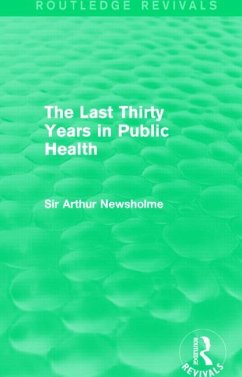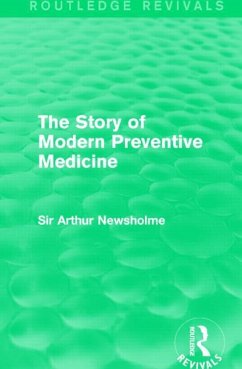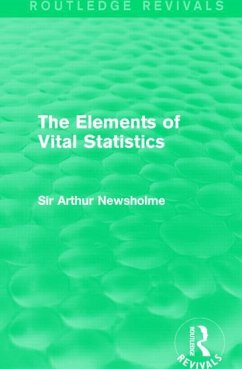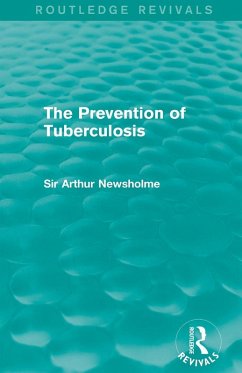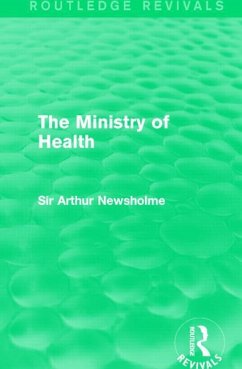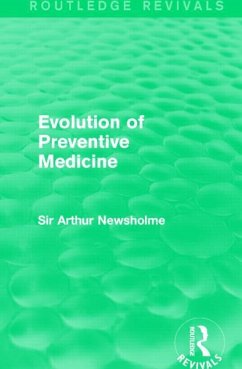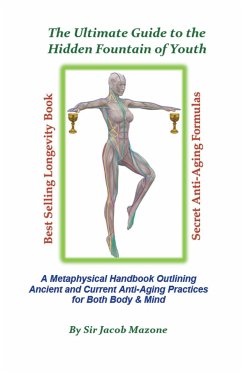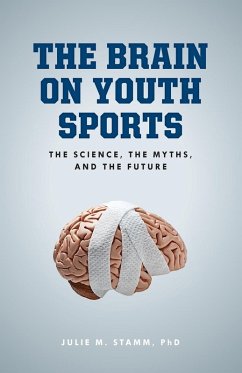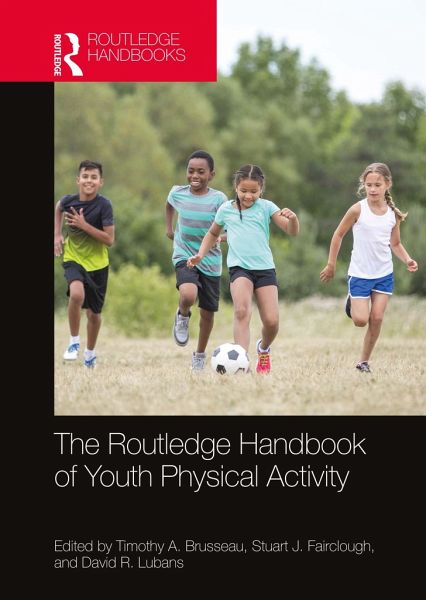
The Routledge Handbook of Youth Physical Activity
Versandkostenfrei!
Versandfertig in 1-2 Wochen
261,99 €
inkl. MwSt.

PAYBACK Punkte
131 °P sammeln!
The Routledge Handbook of Pediatric Physical Activity surveys many issues facing this field. It helps to develop an understanding of the underlying issues related to pediatric physical activity as well as the role physical activity plays on cognitive, psychomotor, and social aspects of childhood.





